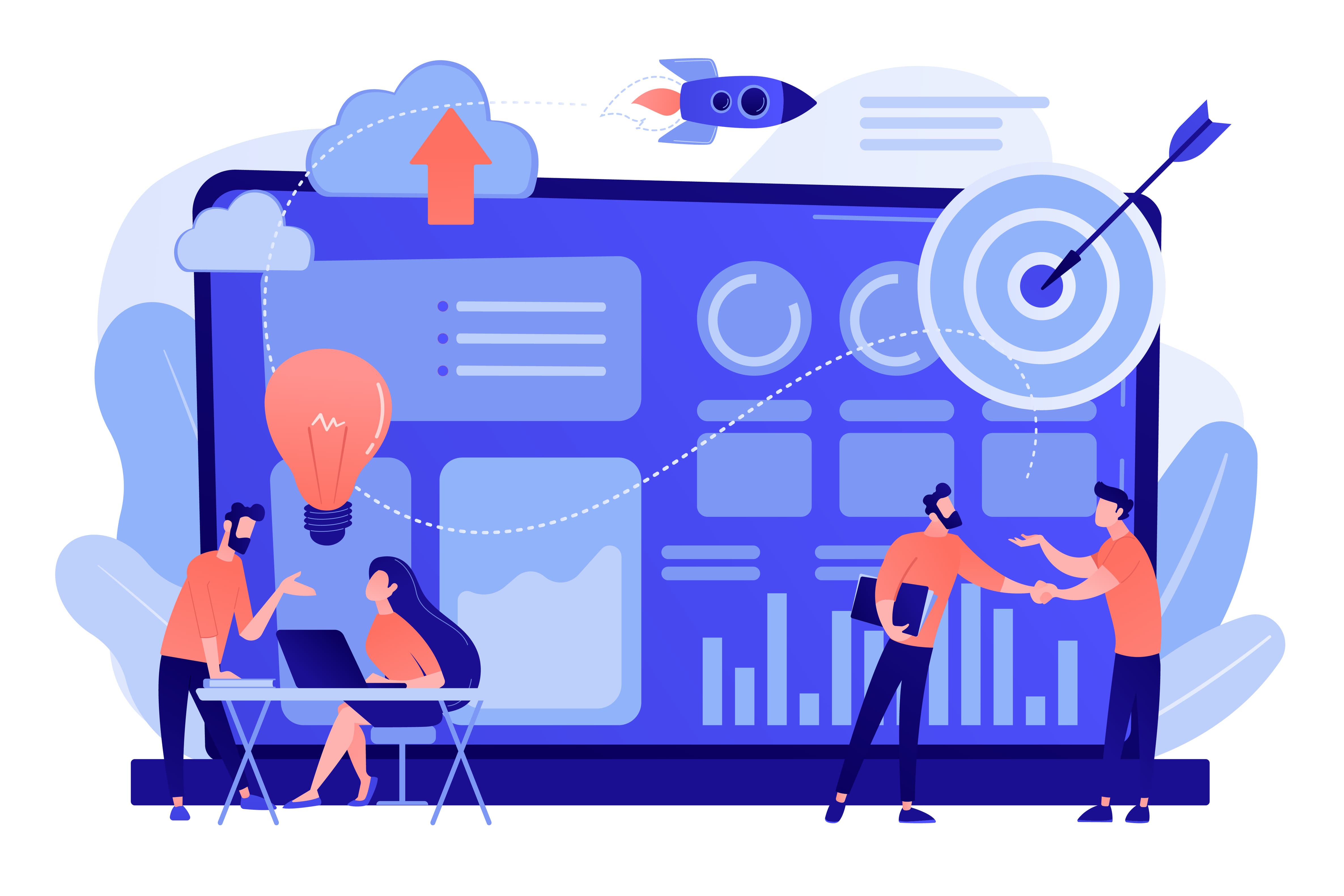
Can Digital Optimization Give Your Company a Competitive Edge?
One of the most important things to understand about the fast-paced modern era we're now living in is that, while digital optimization will almost certainly give your business a legitimate competitive advantage, it may not necessarily do it in the way you immediately expect.
When a lot of organizational leaders hear the term, they think it means they can simply "get products and services out into the world in a faster, better way than their competitors." While this is technically true, it's also just one small part of a much larger story.
The Power of Digital Optimization
Breaking Down Walls
Case in point: reducing costs. One of the great benefits that IT investments in digital optimization bring with them comes by way of an almost immediate savings on overhead. Newer systems allow you to embrace advancements like automation, which allows a lot of those time-consuming and menial administrative tasks that employees are forced to perform happen automatically. Not only do you get consistent, quality and repeatable results, but those employees are then free to focus more of their time and attention on those initiatives that actually drive revenue for your business.
Even something like embracing cloud computing and infrastructure-as-a-service (IaaS) allows you to exchange all the enormous capital investments of your own in-house IT infrastructure in exchange for one fixed, low monthly rate. This in turn allows you and your people to leverage all the power that modern technology brings with it at literally a fraction of the cost that it would normally take to do so.
You can then take all of that money you're saving and funnel it back into other areas of your enterprise where it will do the most good — which is how you create an environment where innovation can't help but thrive.
Putting People First
Another one of the many ways that digital optimization can give your business a competitive edge comes by way of increased employee productivity. Case in point: data silos. One of the issues that those off-the-shelf legacy solutions always bring with them has to do with the data silos they invariably create. This means that critical information is trapped in one program or another, unable to freely move across your enterprise.
Contained in that information is the insight people need to deepen your relationship with your customers. If they don't have access to it, it makes it harder to do their jobs — and creates poor experiences for clients as well.
But when you invest in digital optimization and everything is finally working together as one, you create a "single source of truth" for your entire business. Everyone has access to everything they need, from any device, anywhere, at any time. Key insight generated by the sales department is no longer trapped there — it's freely available to marketing team members and others who really need it.
Of course, one of the biggest benefits of this type of digital optimization has to do with the increased employee retention it offers, too. Keep in mind that when people have access to the tools they feel they need to do their jobs, they're more invested in their day-to-day activities than ever before. Not only that, but they're more engaged with your business as a whole - thus making them far less likely to look for other opportunities.
This means that their morale will be higher and it will drive up the quality of their work with it, creating a perfect storm in the best possible way. Not only does your IT infrastructure become a way to attract and retain top talent, but it also lets them work more effectively than if they were still dealing with legacy software and solutions.
Digital Optimization Supports Growth
In the end, these benefits taken in isolation may not point to a significant competitive advantage. Although, you'd be hard-pressed to find a business leader who didn't want to drive down costs or improve employee productivity. But taken together, they form something far more powerful — they're a rock-solid foundation upon which to build from moving forward.
So yes, digital optimization allows you to give your company a competitive advantage because it allows you to re-think the way you operate from the ground up. It helps you and your people leverage the existing tech stack, all to serve your customers in a better and more effective way than ever better. But it also creates something far more important than a "simple competitive advantage.”
It creates better experiences for your customers in every interaction you have with them. That's the real reason why this is an IT investment that is more than worth making, and it's why this is a trend that is only going to get even more important as time goes on.
